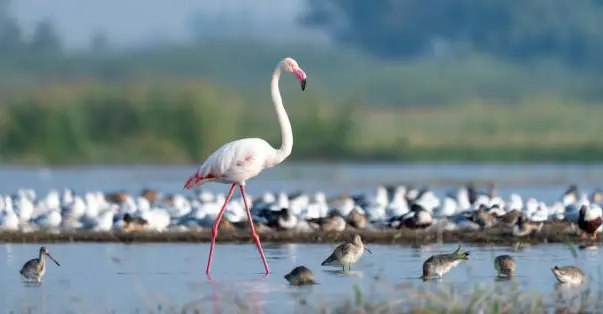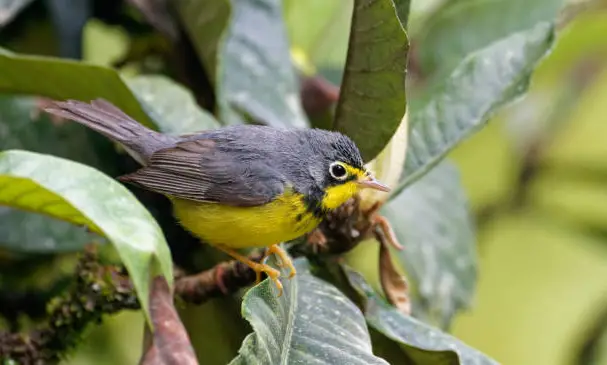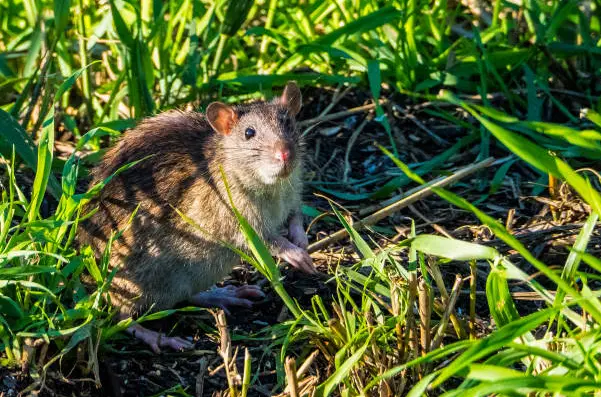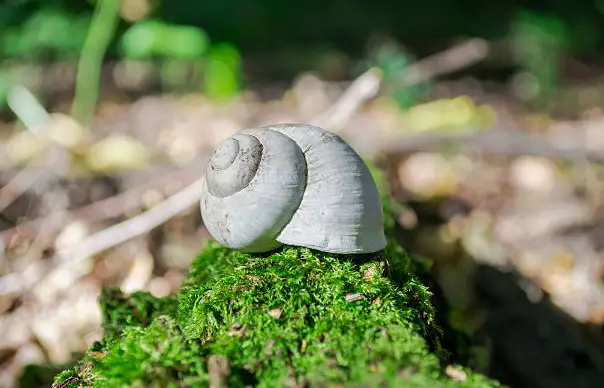Canada is home to several species that are considered at risk or endangered. However, the ability to see these species in the wild can be challenging due to their protected status and efforts to conserve their populations. Here is the complete list of endangered species in Canada:
Read more: Top 10 Best Places To Eat In Canada | Canada Top Eateries
List of endangered species in Canada
Vancouver Island marmot
Sea otter
Beluga whale
Whooping crane
Greater sage-grouse
North Atlantic right whale
Blanding's turtle
Buff-breasted Sandpiper
Canada Warbler
Baird's sparrow
Collared pika
Red knot
Black-footed ferret
Ferruginous hawk
Rusty blackbird
Ord's kangaroo rat
Atlantic whitefish
Black ash
Salish sucker
North Pacific right whale
Shortnose cisco
Erioderma pedicellatum
Banff Springs snail
Vancouver Island Marmot:
The Vancouver Island Marmot is a critically endangered rodent found only on Vancouver Island. Conservation efforts focus on habitat restoration and captive breeding programs to boost their declining populations, with ongoing challenges such as habitat fragmentation and predation.
Sea Otter:
Once extirpated in Canadian waters, the Sea Otter has made a comeback. Despite progress, threats such as oil spills and habitat degradation persist. Conservation aims to sustain their recovery through protective measures and monitoring.
Read more: Top 10 Things to do in Canada | What to do in Canada
Beluga Whale:
The Beluga Whale faces threats such as pollution and climate change in its Arctic and subarctic habitats. Conservation initiatives focus on understanding their ecology and mitigating human-induced stressors, safeguarding these iconic marine mammals.
Whooping Crane:
The Whooping Crane, North America's tallest bird, faces threats like habitat loss and collisions. Conservation involves habitat protection, captive breeding, and ultralight-led migrations to reintroduce these majestic cranes to their natural habitats.
Greater Sage-Grouse:
Endangered in Canada, the Greater Sage-Grouse inhabits sagebrush ecosystems. Conservation efforts concentrate on preserving critical habitats, mitigating threats like habitat fragmentation, and implementing sustainable land-use practices to support their recovery.

North Atlantic Right Whale:
The North Atlantic Right Whale is critically endangered due to ship strikes and fishing gear entanglement. Conservation focuses on habitat protection, vessel speed restrictions, and fishing gear modifications to safeguard these large marine mammals.
Blanding's Turtle:
Blanding's Turtle, at risk due to habitat loss and road mortality, inhabits wetlands. Conservation efforts include habitat restoration, the creation of safe crossing areas, and monitoring populations to ensure the survival of this unique freshwater turtle.
Buff-Breasted Sandpiper:
Facing threats during migration and on its South American wintering grounds, the Buff-breasted Sandpiper's conservation involves protecting critical habitats, monitoring populations, and raising awareness about the challenges these migratory birds encounter.
Canada Warbler:
The Canada Warbler migrates from Canada to South America, facing habitat loss and climate change. Conservation efforts focus on preserving breeding and wintering habitats, studying migration routes, and engaging local communities in protecting this colorful songbird.

Baird's Sparrow:
Baird's Sparrow, a grassland bird, is at risk due to habitat loss from agriculture. Conservation includes habitat preservation, restoration, and research to understand their ecology and ensure the survival of this declining species.
Read more: What Eco-Friendly Souvenir Options Are Available In Canada?
Collared Pika:
The Collared Pika, adapted to alpine environments, faces threats from climate change affecting its habitat. Conservation efforts involve monitoring populations, studying their responses to environmental changes, and promoting awareness about the importance of preserving alpine ecosystems.
Red Knot:
The Red Knot, a long-distance migrant, faces challenges due to habitat loss and disturbance. Conservation includes protecting crucial stopover sites, monitoring populations, and advocating for international cooperation to ensure the survival of this remarkable shorebird.
Black-Footed Ferret:
Once thought extinct, the Black-Footed Ferret has faced challenges like habitat loss and the decline of its prairie dog prey. Conservation involves captive breeding, reintroduction efforts, and prairie ecosystem restoration to support their recovery.
Ferruginous Hawk:
The Ferruginous Hawk, a prairie raptor, faces threats from habitat loss and human activities. Conservation efforts focus on preserving grassland habitats, mitigating threats, and monitoring populations to ensure the survival of this majestic bird of prey.
Rusty Blackbird:
The Rusty Blackbird faces threats from habitat loss and environmental contaminants. Conservation involves monitoring their populations, studying their migration patterns, and promoting habitat protection to safeguard this declining blackbird species.
Read more: How can I reduce my water usage while traveling in Canada?
Ord's Kangaroo Rat:
Ord's Kangaroo Rat, a burrowing rodent, faces habitat loss from agriculture and urban development. Conservation includes habitat restoration, monitoring populations, and promoting sustainable land-use practices to protect this unique desert-dwelling species.

Atlantic Whitefish:
The Atlantic Whitefish is at risk due to habitat degradation and invasive species. Conservation efforts involve habitat restoration, monitoring populations, and implementing measures to mitigate threats, ensuring the survival of this freshwater fish.
Black Ash:
Black Ash trees face threats from the emerald ash borer. Conservation involves monitoring the spread of the invasive beetle, promoting awareness about the importance of ash trees, and implementing measures to protect these ecologically significant trees.
Salish Sucker:
The Salish Sucker, a freshwater fish, faces threats from habitat loss and fragmentation. Conservation includes habitat restoration, monitoring populations, and implementing measures to protect critical habitats, ensuring the survival of this unique species.
North Pacific Right Whale:
The North Pacific Right Whale is critically endangered due to historical whaling and ship strikes. Conservation focuses on protecting critical habitats, mitigating threats, and promoting international cooperation to ensure the survival of this rare marine mammal.
Read more: Are there eco-tours available in Canada?
Shortnose Cisco:
The Shortnose Cisco, a freshwater fish, faces threats from habitat degradation and invasive species. Conservation efforts involve habitat restoration, monitoring populations, and implementing measures to protect critical habitats, ensuring the survival of this species.
Erioderma Pedicellatum:
Erioderma Pedicellatum, a rare lichen species, faces threats from habitat loss and air pollution. Conservation involves monitoring populations, protecting critical habitats, and promoting awareness about the importance of preserving lichen diversity.
Banff Springs Snail:
The Banff Springs Snail is a tiny mollusk at risk due to habitat degradation and introduced species. Conservation efforts include habitat restoration, monitoring populations, and promoting measures to protect the unique thermal spring environments they inhabit.

Read more: Can I visit sustainable or organic wineries in Canada?
Can I see these animals while visiting in Canada?
While some of these species are challenging to observe directly, many conservation organizations, national parks, and wildlife reserves in Canada provide educational programs and guided tours that enhance the chances of encountering and learning about these endangered species in Canada in a responsible and sustainable manner. Always prioritize the well-being and conservation of animals and their habitats.
